Publications
Ensuring authenticity and reliability of 3D models of Cultural Heritage (CH) data is increasingly critical, especially considering the increasing adoption of Artificial Intelligence (AI) in generating content. This paper highlights the importance of metadata and paradata to ensure transparency, authorship, and scientific rigor and considers challenges in creating metaparadata information and its visualization on the web alongside 3D content. The study proposes a new meta-paradata schema for document-based Historic-BIM (H-BIM) models. It explores the integration of this schema into WebGIS platforms through tests on models from the Turin 1911 project. The goal is to promote best practices for accessible, georeferenced, and verifiable ‘3D scientific models’, while preserving CH narratives in virtual ‘scrollytelling’ environments. The documentation and visualization of ephemeral CH, especially for World’s Fairs architecture, remains a neglected endeavor on the global scale. While digital products like 3D models find extensive application in CH, the use of a WebGIS has scarcely been explored in this domain. When a WebGIS is used for CH, it serves to communicate the output of research, not as a tool to support the development of the research itself. Moreover, aspects like procedural development for the creation of a WebGIS platform, its upgrading, and its long-term preservation are key factors for the maintenance of the digital tool, but they have scarcely been considered in the literature. Through the Turin 1911 project, this paper defines a procedure for the creation of a WebGIS for ephemeral architectural documentation, showing how a WebGIS platform can be designed, implemented, tested, and maintained. The novelty of this study lies in the creation of a 2D/3D WebGIS based on a tailored spatial database; the WebGIS is coupled with a dedicated website for the constant updating of the research data documenting the Turin 1911 International Exposition. The discussion emphasizes the transformative role of a WebGIS in not only sharing information but also serving as a dynamic platform for conducting digital humanities studies in 3D environments. The PhD dissertation deals with the needs of documentation, virtual reconstruction, and visualization of dismantled Cultural Heritage (CH), particularly with the issues of data collecting, digitizing, cataloging, and disseminating source materials to document and study a World’s Fair through the application of Geomatics methods and techniques. The paper discusses how webGIS apps could become a way for sharing information and data, but also a working environment for Digital Humanities studies where the research takes place in 3D environments. The present paper illustrates the first analysis related to the development of an up-to-date online platform containing original textual and graphical documentation aims to support the diffusion of a human-drive technoculture. This article documents the entire workflow, starting from archive documentation collection and digitization to 3D model creation and online dissemination, of three complexes belonging to the 1911 World’s Fair in Turin. This article proposes the use of a multiscale and multisensor approach to collect and model three-dimensional (3D) data concerning wide and complex areas to obtain a variety of metric information in the same 3D archive. The analysis is a crucial part of the ‘Torino 1911’ project whose main purpose is mapping and virtually reconstructing the 1911 Great Exhibitionin Turin. This article discusses how the use of handheld devices for rapid mapping, both image- and range-based, can help the production of suitable easy-to use and easy-navigable 3D model for documentation projects. These types of reality-based modelling could support, with their tailored integrated geometric and radiometric aspects, valorization and communication projects including virtual reconstructions, interactive navigation settings, immersive reality for dissemination purposes and to evoke past locations and events. In Europe as well as the United States, we were told that we lived in a world doomed to inertia and entropy, where all distinct hermeneutical systems and stable theories of knowledge had dissolved into a vaporous vacuum without substance and depth. This essay proposes a Gadamerian encounter between Baudrillard's theories of simulation and hyperreality and the argument of the political scientist Arthur Kroker that a specific kind of intellectual work can point today's technoculture in a more human direction: one that reflects on rather than succumbs to the "increasing complexity of technological life" and matches technology's "speed with slow, yet deeply rooted, thought, its distractions with the spot light of theoretical analysis, its determinism with creative choices". Numerous issues need to be considered when you are deciding whether to apply digital technology to teaching and research. Digital projects are notoriously time-consuming and require a substantial amount of training even with the support of technical experts. The application of technology to research in the humanities requires collaborative and team-based skills that differ from those needed to perform individual scholarship. This essay reflects on my continuing experience transitioning from text-based to digital scholarship and concentrates on the factors that I consider paramount in guiding an informed transition choice. These factors include the appropriateness of a specific research topic to the digital medium, the definition of precise research objectives, and the evaluation of whether digital technology is indeed better suited to fulfill these objectives than the tools provided by more conventional scholarship. According to conventional wisdom, Italy was not an influential participant in the nationalistic and imperialistic discourses that world's fairs produced in Great Britain, France, and the U.S. In the late 19th and early 20th centuries, however, Italy hosted numerous international exhibitions expounding notions of national identity, imperial expansion, and technological progress. Della Coletta demonstrates that, because of its social fragmentation and hybrid history, Italy was a site of both hegemony and subordination - an aspiring imperial power whose colonization started from within.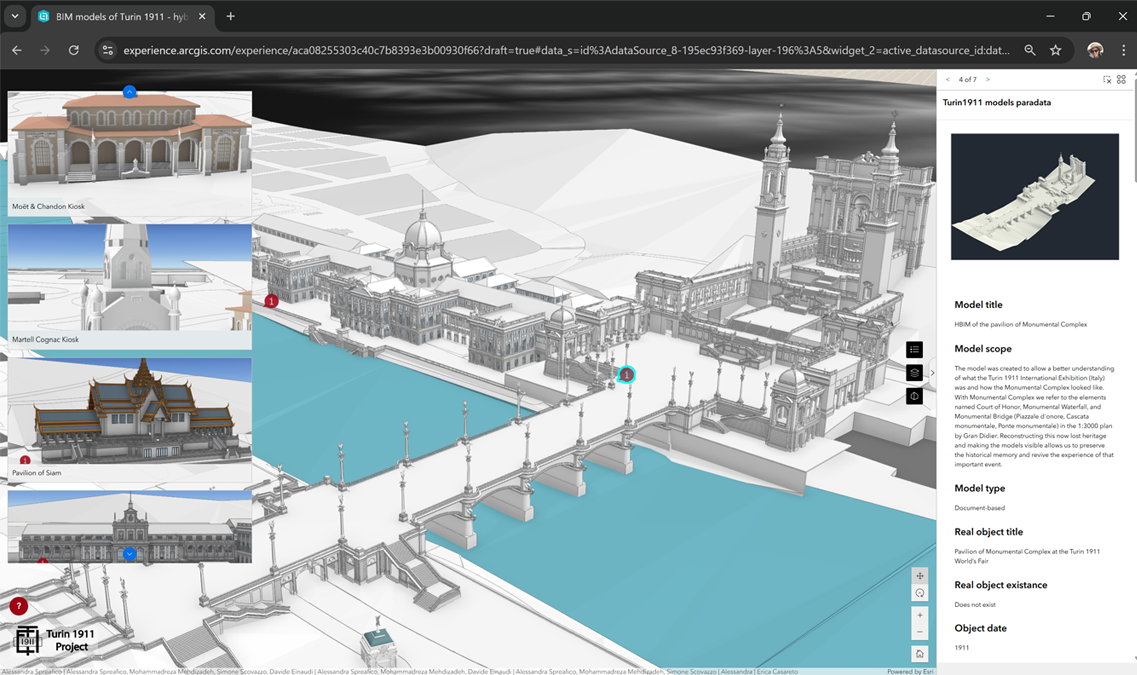
2025
Representation of Meta-Paradata for H-BIM Models in WebGIS: Paving the Way Towards ‘3D Scientific Models’
Alessandra Spreafico, Mohammadreza Mehdizadeh, Erica Casareto, Filiberto Chiabrando, Cristina Della Coletta
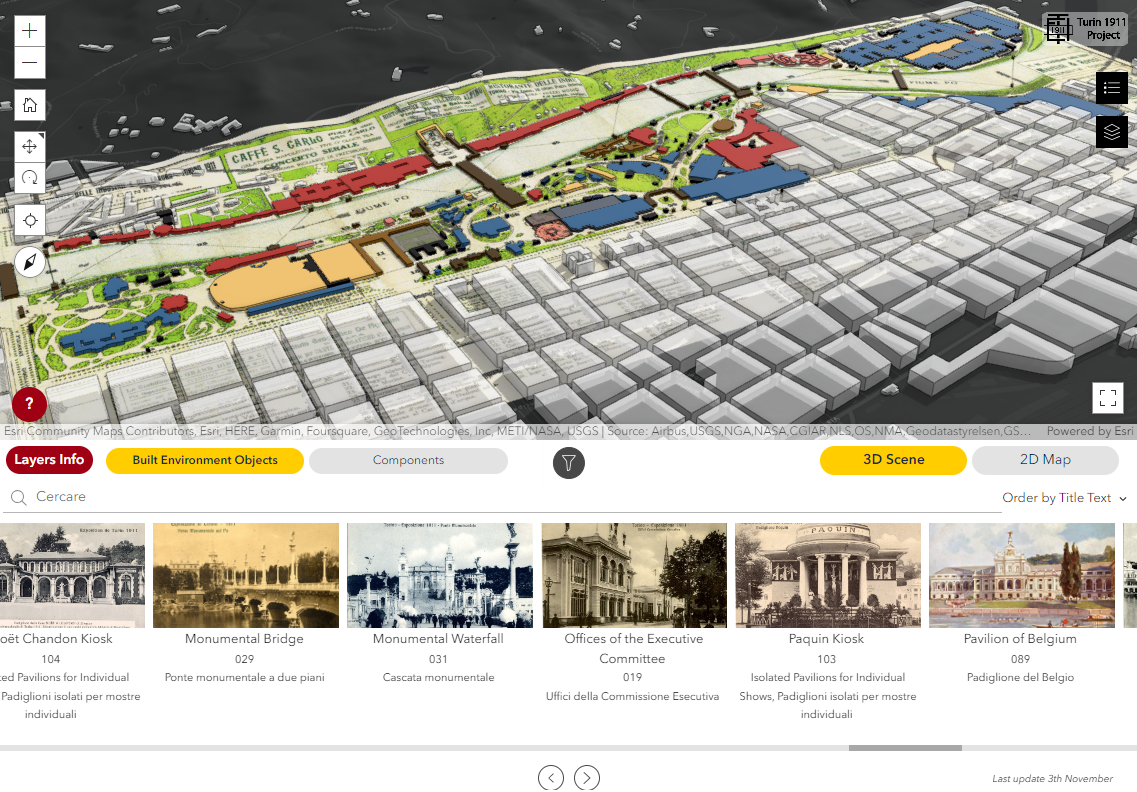
2024
3D WebGIS for Ephemeral Architecture Documentation and Studies in the Humanities
Alessandra Spreafico and Filiberto Chiabrando
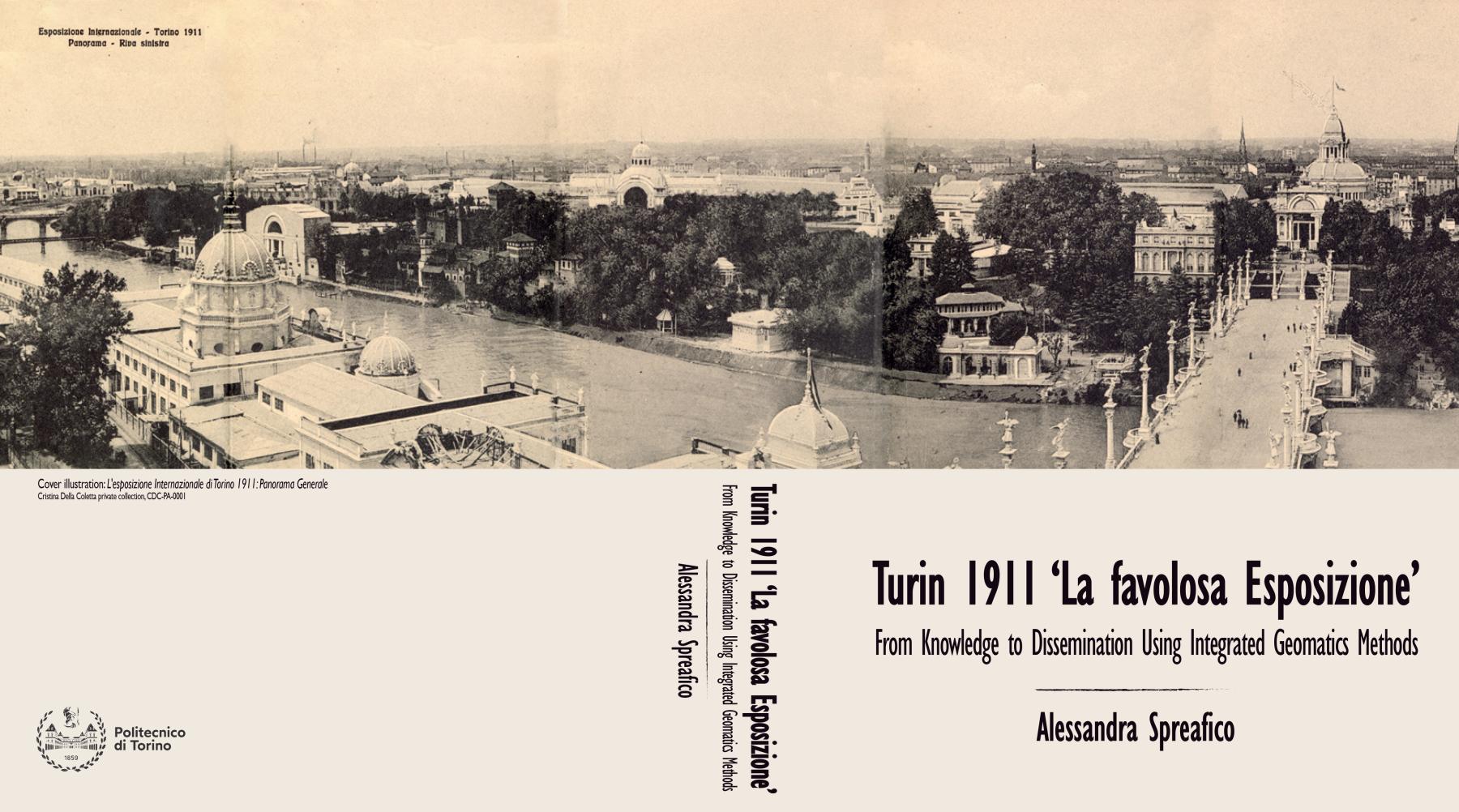
2023
Turin 1911 ‘La favolosa Esposizione’: From Knowledge to Dissemination Using Integrated Geomatics Methods
Alessandra Spreafico. Tutors: Filiberto Chiabrando, Cristina Della Coletta
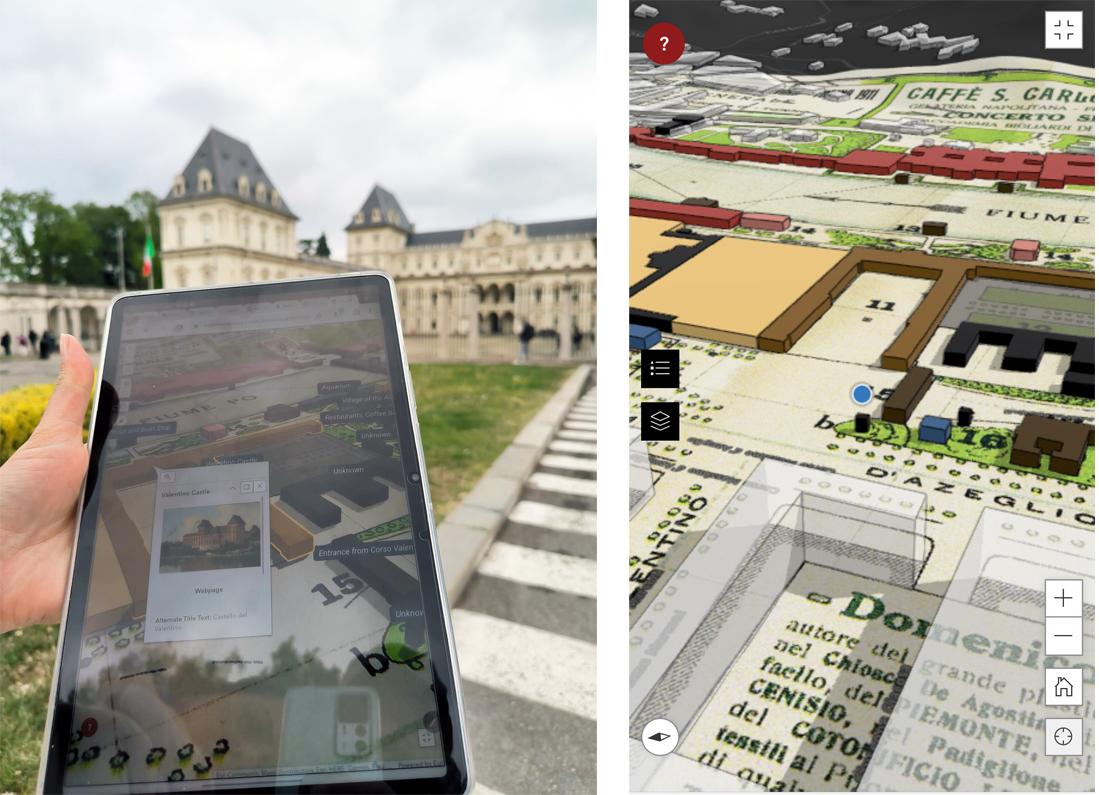
2023
3D WebGIS Applications for Digital Humanities Studies: the Turin 1911 Project
Alessandra Spreafico, Filiberto Chiabrando, and Cristina Della Coletta
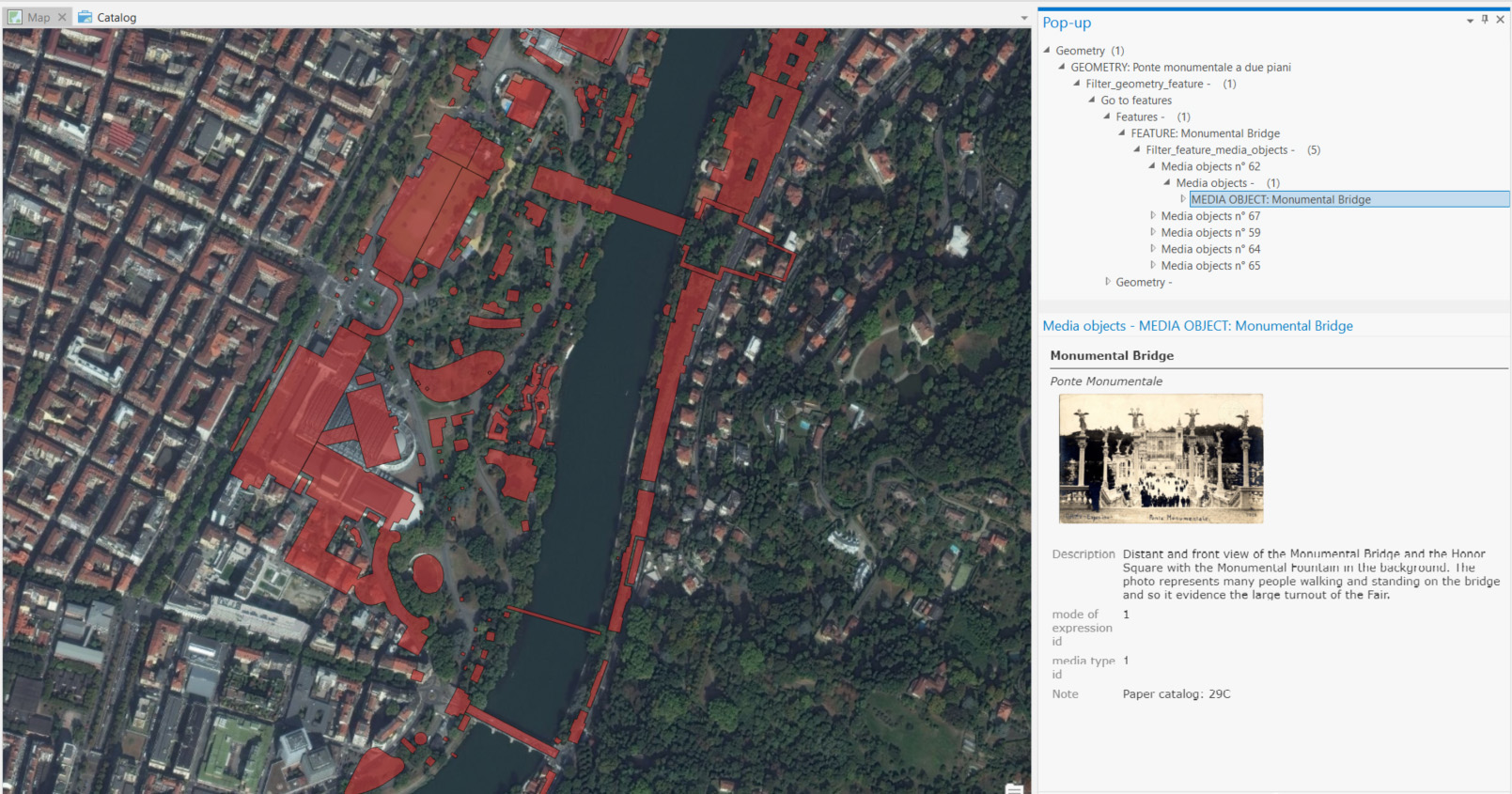
2021
Towards online 3D archive of historical site site: the Turin 1911 World’s Fair
Alessandra Spreafico and Cristina Della Coletta
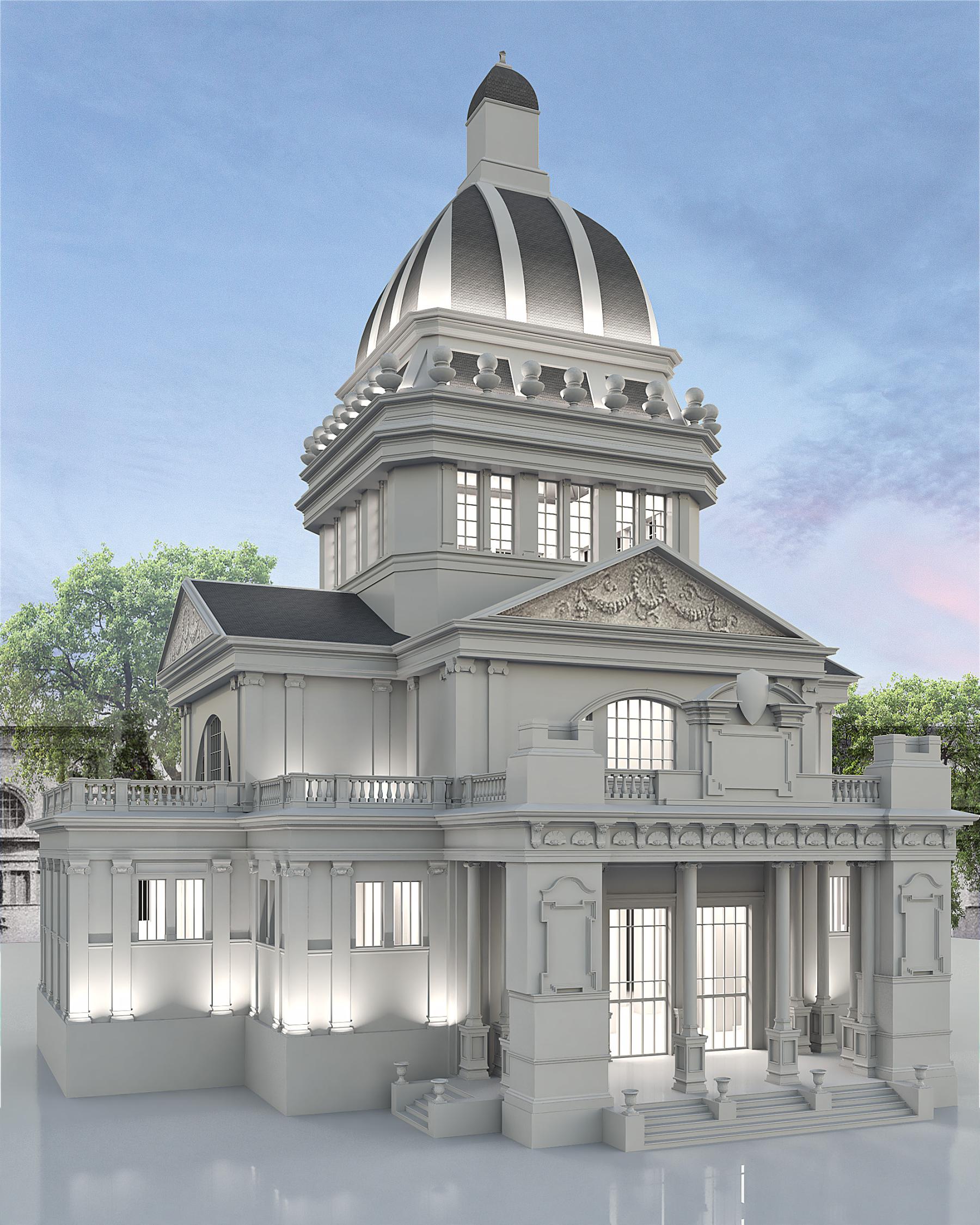
2020
From Archive Documentation To Online 3D Model Visualization Of No Longer Existing Structures: The Turin 1911 Project
Davide Einaudi, Alessandra Spreafico, Filiberto Chiabrando, and Cristina Della Coletta
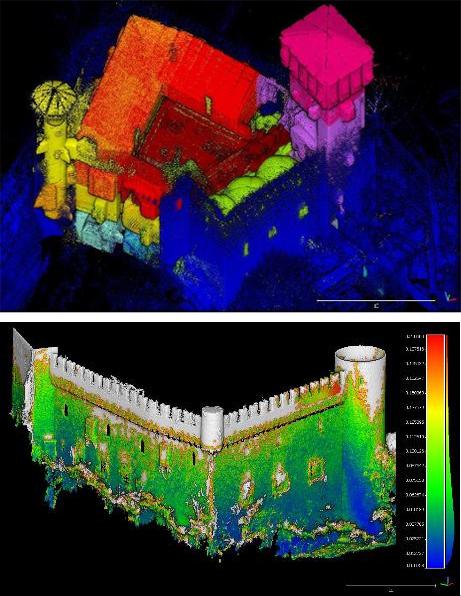
2019
Hybrid 3D Models: When Geomatics Innovations Meet Extensive Built Heritage Complexes
Filiberto Chiabrando, Giulia Sammartano, Antonia Spanò and Alessandra Spreafico
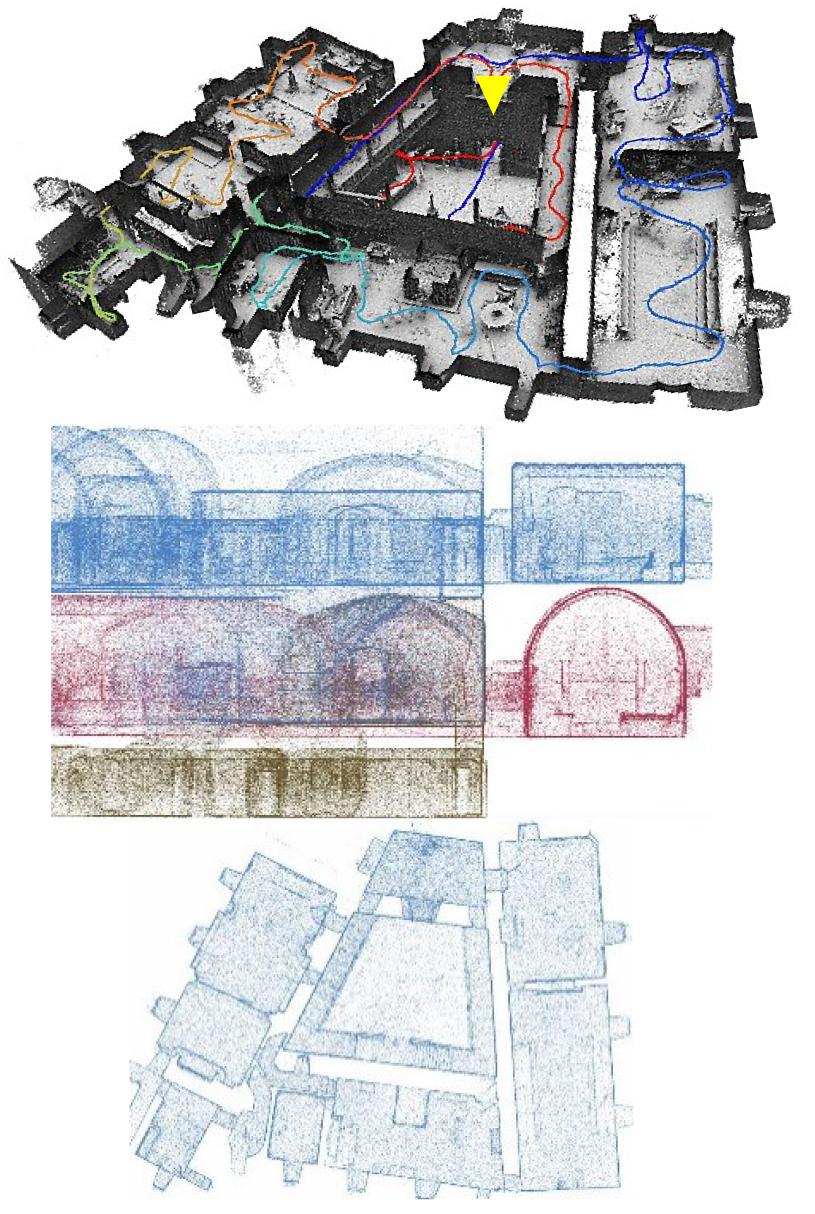
2018
“Torino 1911” Project: A Contribution of a Slam-Based Survey to Extensive 3D Heritage Modeling
Filiberto Chiabrando, Cristina Della Coletta, Giulia Sammartano, Antonia Spanò, and Alessandra Spreafico
2012
Of Work and Leisure: Digital World's Fairs and the Active Fairgoer
Cristina Della Coletta
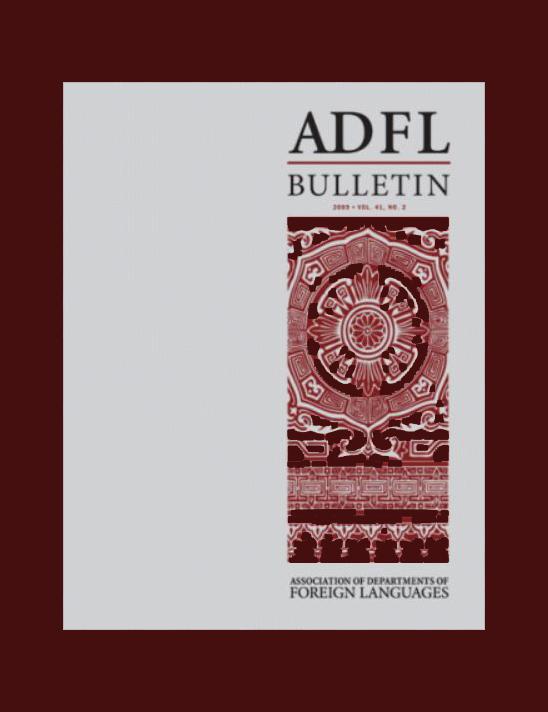
2009
From Text to Web: The World’s Fairs in Italy Project
Cristina Della Coletta
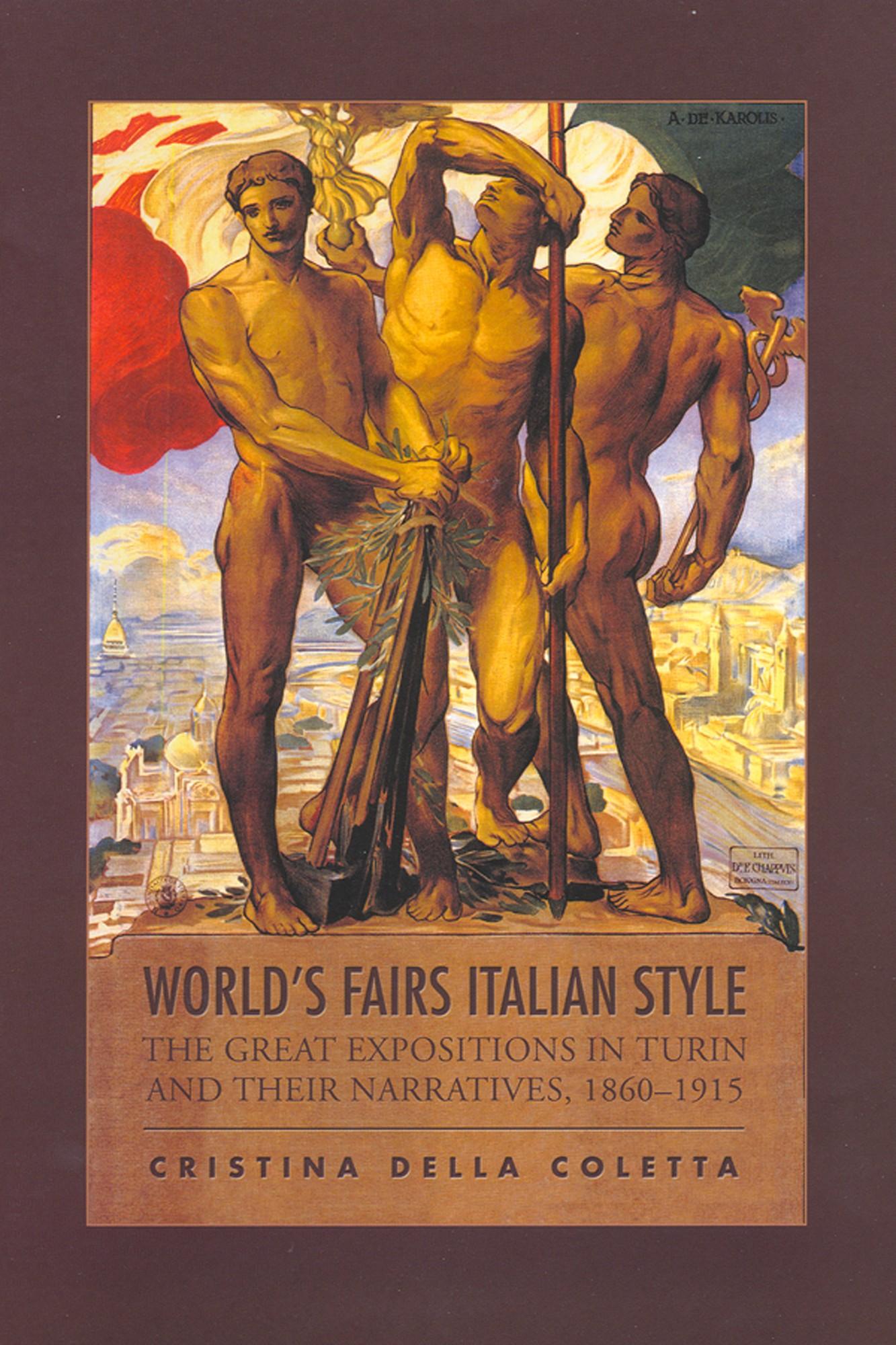
2006
World's Fairs Italian Style: The Great Expositions in Turin and their Narratives, 1860-1915
Cristina Della Coletta

